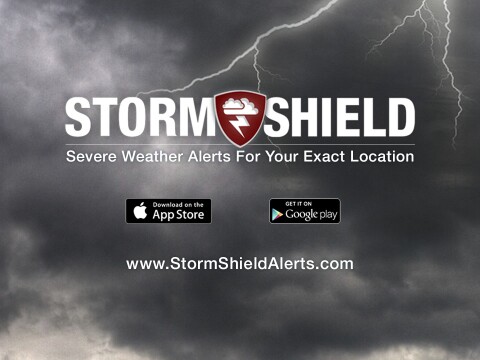A snow belt is an area of land downwind of the Great Lakes, where heavy snowfall is particularly common due to lake-effect snow.
These snow belts are usually higher elevations south and east of the lakeshore. The elevation rise causes water vapor from the lake to rise and condense into snow.
Lake-effect snow and even rain occur when Lake Erie is warmer than the air above it. Primary, the lake-effect rain season is September and October. The lake-effect snow season is November through January, or until the lake freezes. Even when Lake Erie freezes, our area can still see lake-effect snow thanks to an unfrozen Lake Huron or even Lake Michigan!
The snow belt in northern Ohio consists of several counties along or near the lakeshore. Lake, Geauga, Cuyahoga (mainly the eastern half), and Ashtabula counties get much of the lake-effect snow in Ohio yearly. For this reason, these four counties are known as the PRIMARY SNOW BELT. Snows in this area result when frigid winds from the west, northwest, or north blow across the unfrozen lake.
Areas bordering these counties also receive lake-effect snow, although to a lesser extent. Lorain, Medina, and the southern halves of Summit, Portage, and Trumbull counties are considered the SECONDARY SNOW BELT. Snows here occur mainly when winds are directly from the north.
A typical heavy, lake-effect snowstorm would produce a wide variety of snow totals. The most snow would typically fall in the primary snow belt counties of Lake, Geauga, Ashtabula, and Cuyahoga counties especially with westerly or northwesterly winds. The heaviest yearly snowfall totals are measured in Geauga County, about 20 miles east of Cleveland. Totals from Chardon and Hambden often exceed 120 inches per year. Snow totals in Cleveland are close to 70 inches per season. Akron sees about 48 inches of snow per season.
Lake-effect snows occur in only a few places on Earth. Snow belt conditions are also found on the west side of the Japanese island of Hokkaido and the west side of Russia's Kamchatka Peninsula. Hudson Bay and Great Salt Lake also see some lake-effect snow.
Want the latest Power of 5 weather team updates wherever you go? Download the News 5 App free now: Apple|Android
Download the StormShield app for weather alerts on your iOS and Android device: Apple|Android
Click here to view our interactive radar.
Read and watch the latest Power of 5 forecast here.
Follow the News 5 Weather Team:
Mark Johnson: Facebook & Twitter
Trent Magill: Facebook & Twitter



